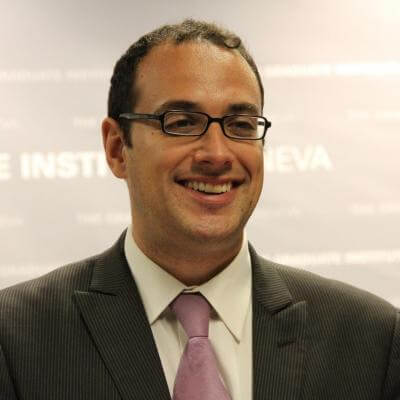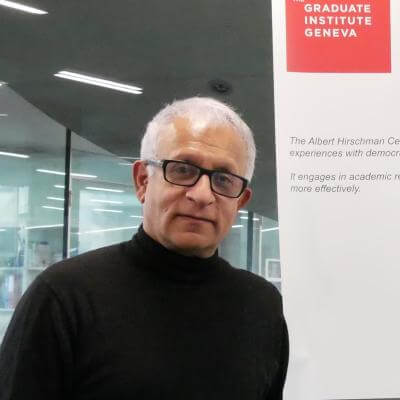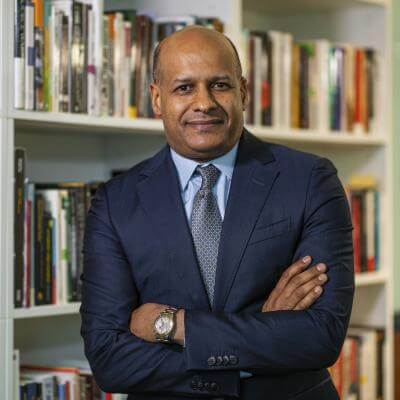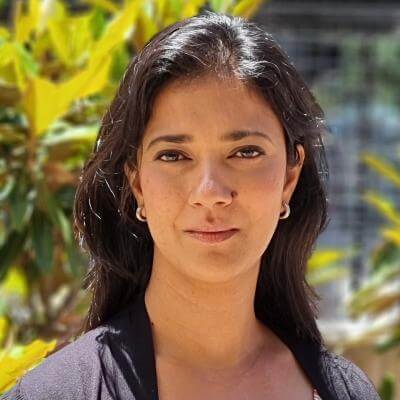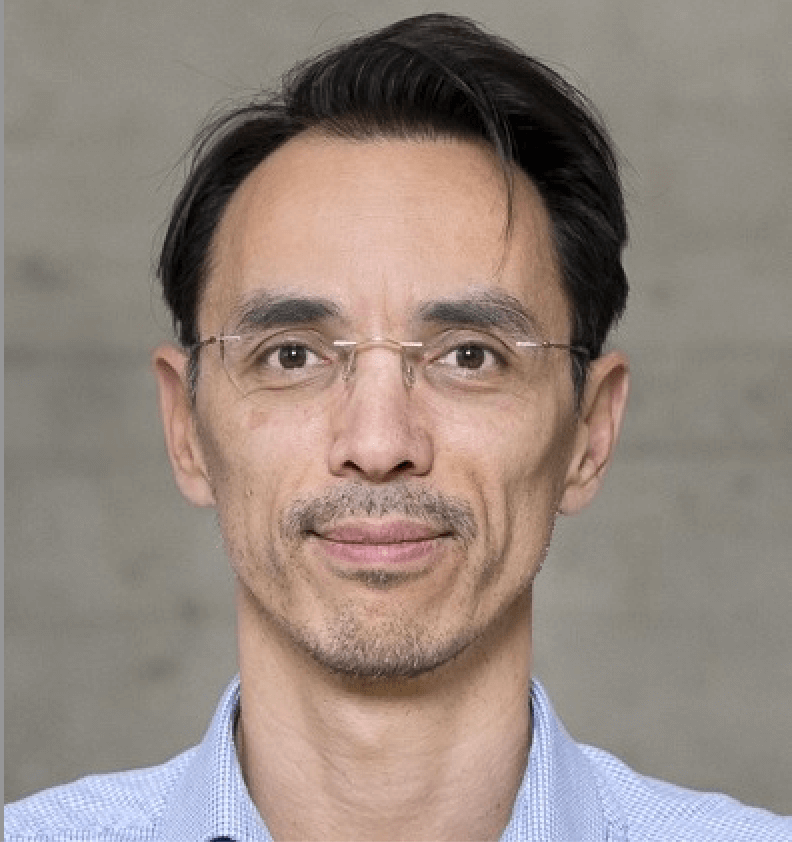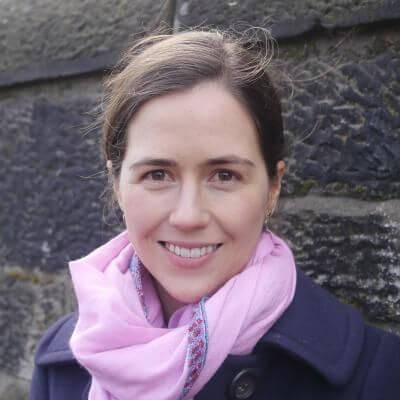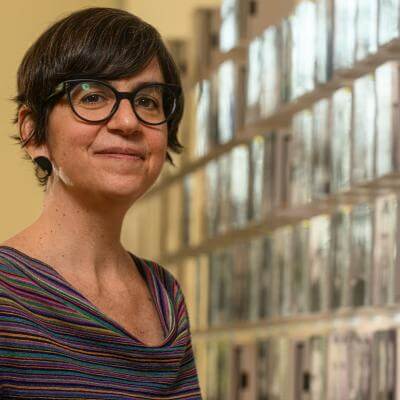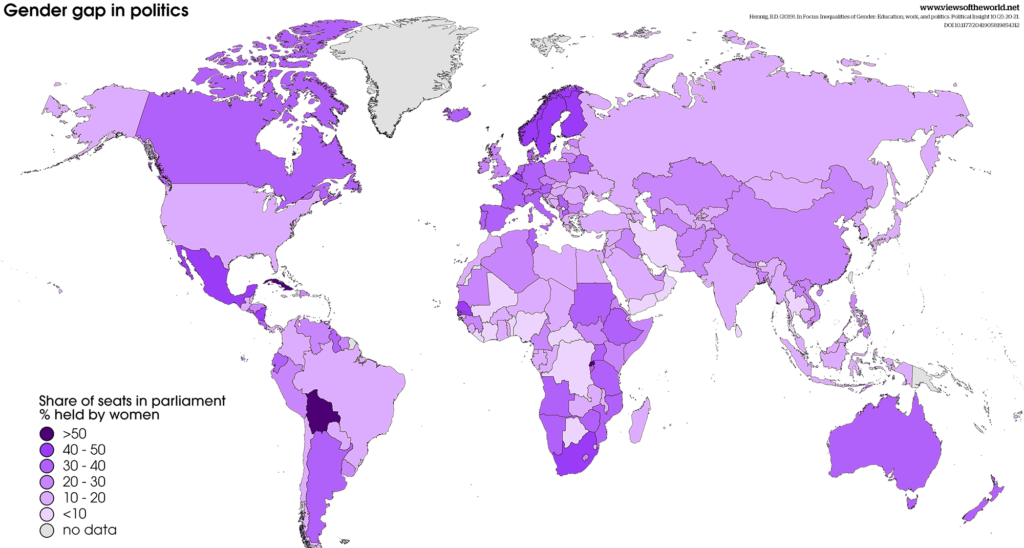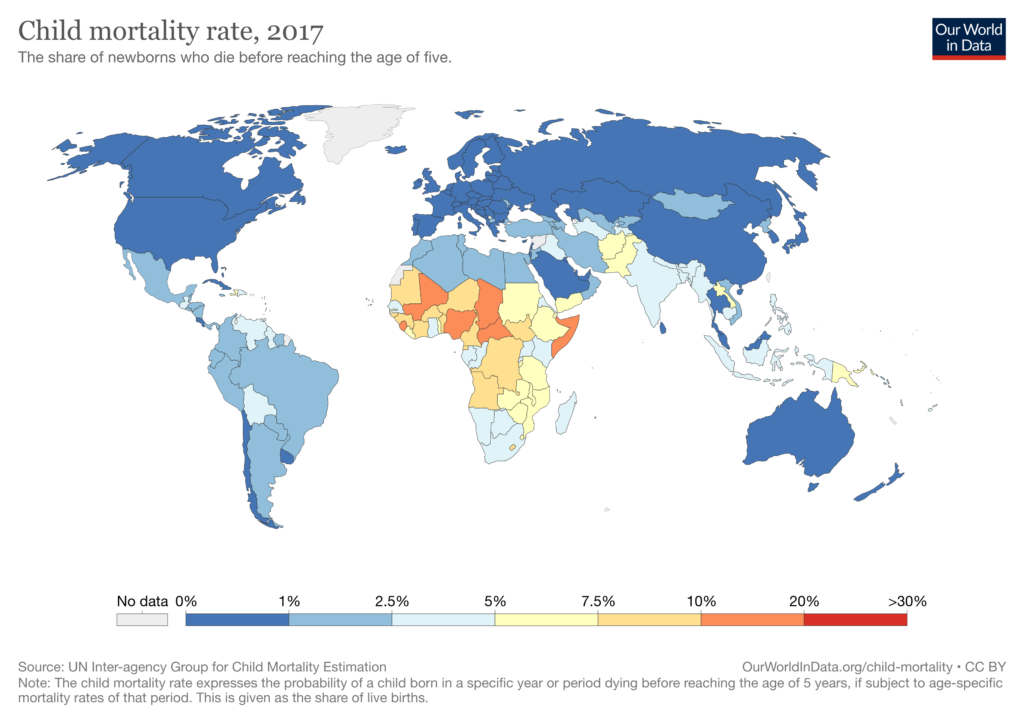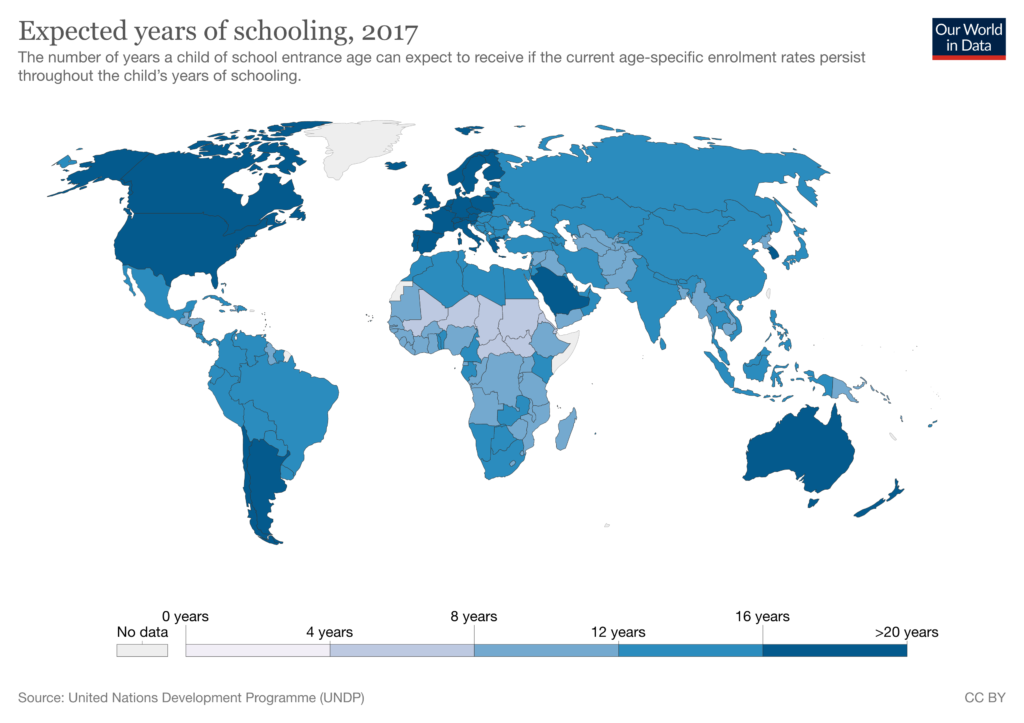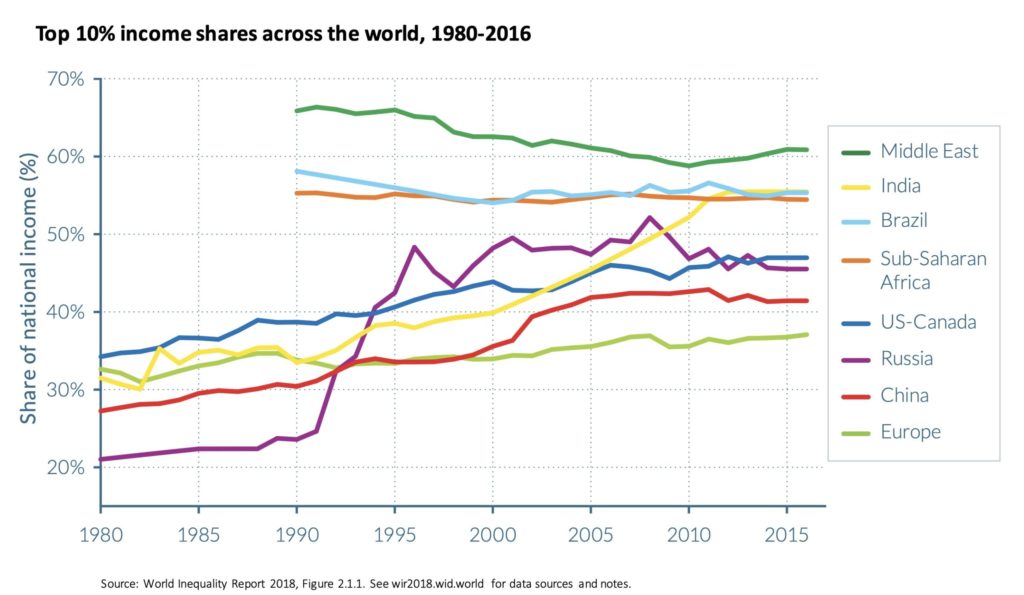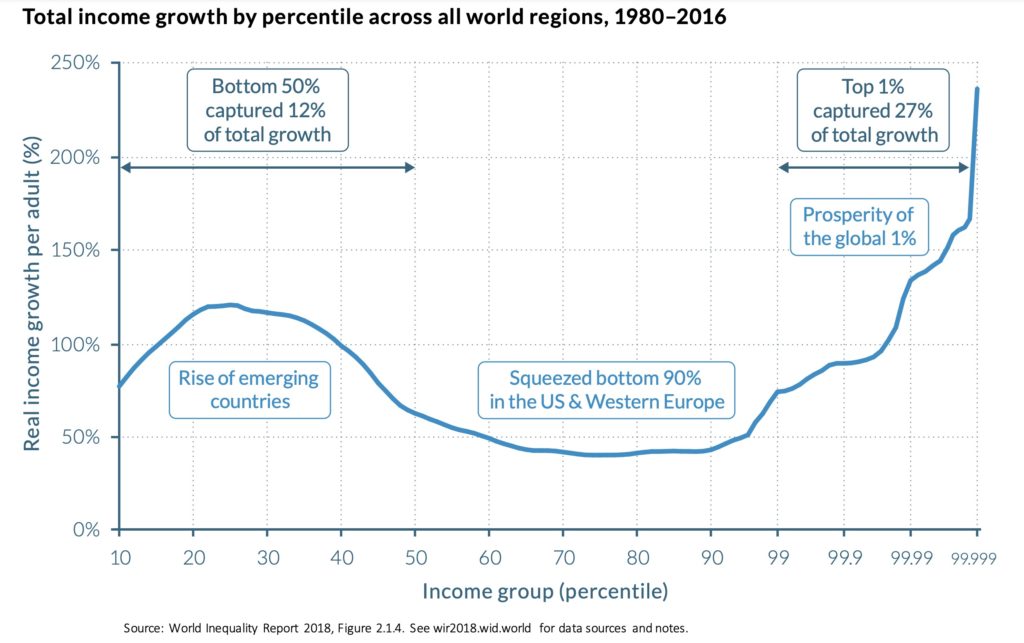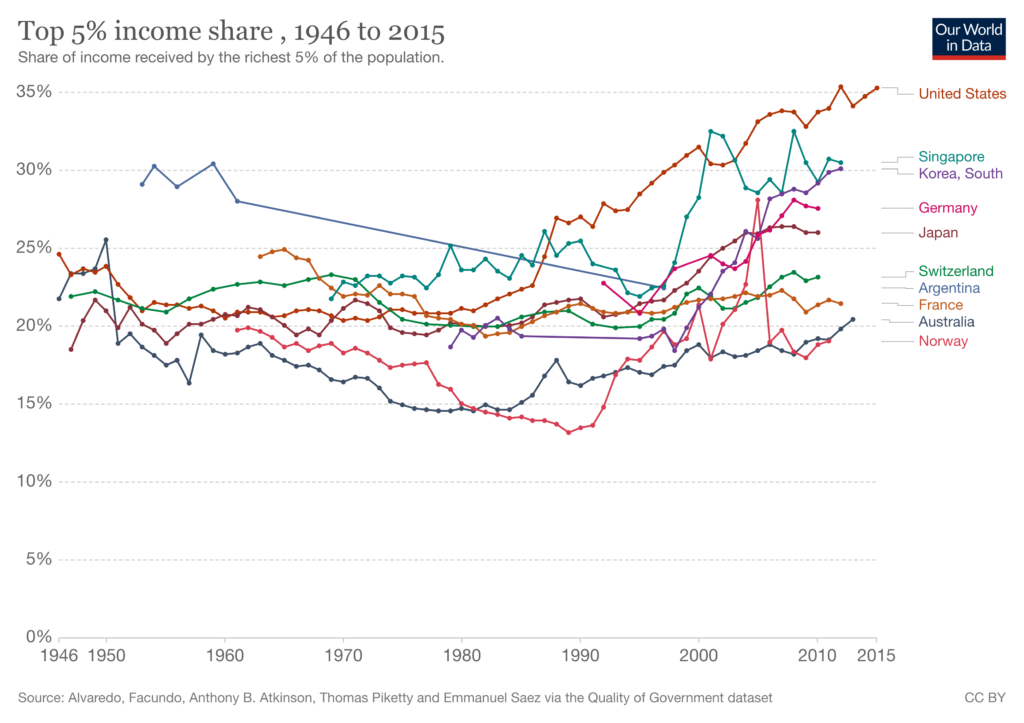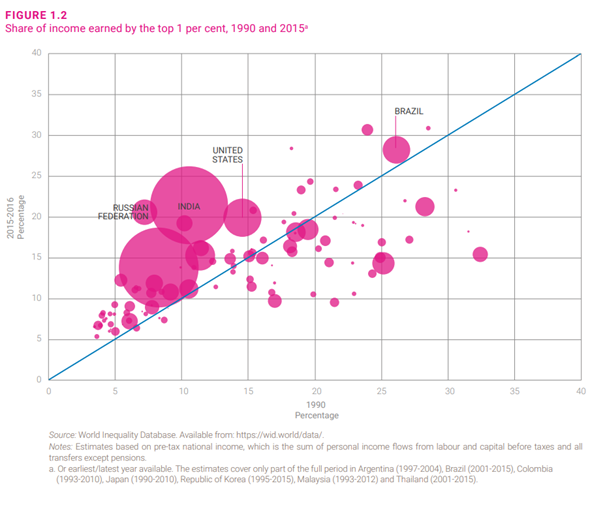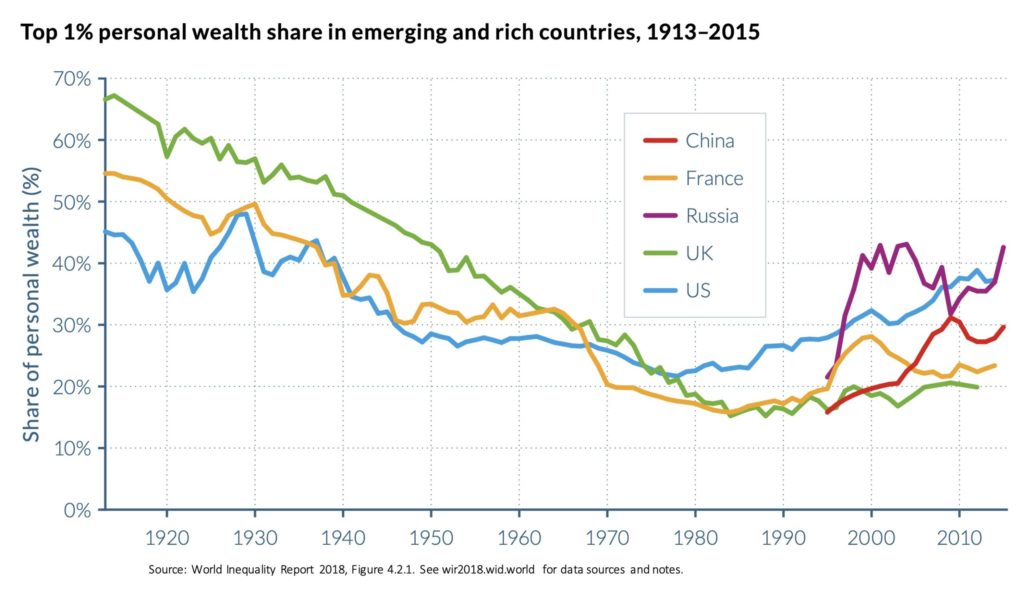Inequality in Hunger and Malnutrition
Hunger remains an enormous problem in today’s world. It affects an estimated 690 million people, even before taking into account the additional consequences of the COVID-19 pandemic. Hungry people include subsistence farmers whose harvests fail because of extreme weather events, day labourers who run out of work because of economic crises or illness, and generally people living in poverty anywhere in the world and unable to provide enough food for themselves and their families.
Hunger and malnutrition are associated terms that are often used interchangeably.Hunger and malnutrition are associated terms that are often used interchangeably However, unlike hunger, malnutrition does not refer exclusively or specifically to insufficient quantity of food in terms of caloric intake, but also to insufficient nutritional quality of consumed food. A growing number of people in the world suffer from overweight and obesity, the consequence of a form of malnutrition associated with mass consumption of processed foods that are high in calories but low in nutritional value. Whether we are speaking about a lack of (access to) food or a lack of (access to) nutritious food, inequality in its many different forms is a main driver for both hunger and malnutrition.

At the level of states, inequality depends on the existence and the strength of social welfare systems. People who have insufficient income to buy food for themselves and their families might receive welfare payments, provisions from food banks, and free school meals in countries where such support is available. Citizens of less wealthy countries may have to rely more on family and community or on international food assistance, or simply have no support at all. The inequality in access to food and healthy diets is expected to grow wider in the face of the COVID-19 crises. States that have the means provide unprecedented economic support to prevent their population from losing their incomes and going hungry.
Lack of (access to) nutritious food often results in malnutrition in the form of obesity and related health consequences. The quality of one’s diet is largely not a matter of choice, but depends on physical and financial accessibility of types of food. Highly processed and unhealthy foods that contain much sugar, salt, and saturated fats are often more available and more affordable than healthier fresh foods. Education also plays a role in the consumption of healthy foods, with unhealthy diet choices being more widely advertised.
The nexus between inequality and food therefore goes further than physical availability and economic access to healthy food. While serious changes in our food consumption patterns are necessary to tackle hunger and malnutrition, access to a healthy diet is a privilege of the lucky few. The power of consumers is negligible in comparison with the power of corporate players in the global food system A large proportion of the world’s population, in rich countries and poor countries alike, does not have the luxury to secure a healthy diet. Many people struggling to make a living simply do not have the time to buy and prepare healthy meals, nor do they have the capacity to navigate through an increasingly complex maze of dietary guidelines. This is not to deny the value and the contribution of consumer behaviour and consumer patterns, such as trends towards more organic products, less meat, and more generally quality food over fast food. However, we must recognise that only a minority of consumers are in the comfortable position to be able to make these choices as individuals, and the power of consumers is negligible in comparison with the power of corporate players in the global food system.
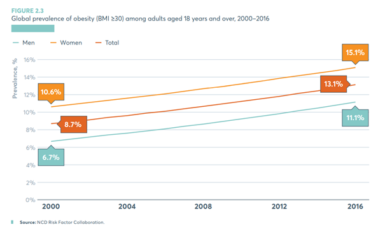
In a neoliberal food system, corporations have become incredibly mighty with the role of the state diminishing. Powerful conglomerates of food companies (such as Nestlé and Unilever), agricultural biotechnology corporations (such as Monsanto and Syngenta), and supermarkets influence what food is being produced and made available to consumers. Dominance of the private sector means that profits from food sales weigh more than considerations of health and wellbeing. Highly processed unhealthy foods are available cheaply and in bulk, while healthier options tend to be more expensive and targeted at a more limited group of wealthier consumers. Public authorities frequently counter calls for hard measures such as sugar tax and stricter controls on advertisements for children’s foods by emphasising consumer choice and market freedom. Consequently, regulatory measures often remain limited to soft nudges such as nutritional labelling.
The neoliberal global food system focuses predominantly on growth in terms of food production. This remains true in spite of annual reports by the Food and Agriculture Organization stressing that there is enough food available globally to feed the entire world population. The primary issue both for hunger and for malnutrition is not overall global availability of food, nor is it overall global capacity to produce food. The real issue is what kind of food is being produced and who has access to adequate food and a healthy diet. It is an issue of distribution of food and of choices that are made on what kinds of foods are produced, advertised, and made available financially and physically. It is time for states to take their responsibility in regulating global food systems both domestically and internationally It is time for states to take their responsibility in regulating global food systems both domestically and internationally, rather than leaving this up to private actors in free markets. In a world where both hunger and obesity are on the rise, and where the knowledge and capacity to provide adequate healthy diets are available, it should not be acceptable to limit state regulation to gentle recommendations and de facto leave the private sector in control.
PODCAST: Inégalités, anthropologie et développement – Gilbert Rist
Graduate Institute, Geneva.
PODCAST: Inequalities and Humans Rights – Irene Khan
Graduate Institute, Geneva
RESEARCH DOCUMENTARY: Inequality and Conflict – Beyond Us and Them
Realised and financed by the the FNS, and strongly supported by the Gender Centre (Graduate Institute, Geneva), this research documentary film is the result of a participatory filmmaking process and presents three projects conducted in Guatemala, Nigeria, Sri Lanka and Indonesia within the Social Conflicts module of the Swiss Programme for Research on Global Issues for Development (r4d programme). It features the research context and findings of the Gender Centre’s project “The Gender Dimensions of Social Conflicts, Armed Violence and Peacebuilding”.
TV NEWS: Hustlers vs Dynasties: Experts Warn Kenyans against the Narrative
The Youtube NTV Kenya channel
Thomas Piketty and the Inequality Economists
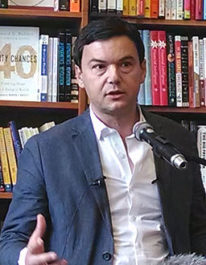 Thomas Piketty at the reading for Capital in the Twenty-First Century on 18 April 2014 at the Harvard Book Store in Cambridge, Massachusetts.
Thomas Piketty at the reading for Capital in the Twenty-First Century on 18 April 2014 at the Harvard Book Store in Cambridge, Massachusetts.Over the last decade, a vivid scholarly debate over the issue of inequality and its drivers has taken place among economists and attracted a lot of public attention. It includes, most prominently, Thomas Piketty and other French economists such François Bourguignon, Thomas Philippon, Emmanuel Saez and Gabriel Zucman but also Anglo-Saxon scholars such as Anthony Atkinson, Joseph Stieglitz and Branko Milanovic. Piketty landed an Amazon’s best-seller with his book Capital in the Twenty-First Century (2014), in which he argues that welfare states and social policies are the exception in history while the general tendency under capitalist conditions is for inequality to rise as the returns to capital are greater than the general rate of economic growth. Piketty therefore opposed previous theories, such as Simon Kuznets’ U-shape model assuming that under capitalism inequality first rises to subsequently decline with the apparition of redistributive mechanisms and policies. From Piketty’s perspective, the “egalitarian” decades from the 1930s to the 1970s, while constituting an exception, also prove that economic inequality is not predetermined but may be acted upon through political and social measures. Others such as Branko Milanovic have argued for more cyclical approaches to inequality, suggesting that it is sporadically checked by wars, plagues and demographic disruptions that are exogenous to the market.
Further readings:
- Robert H. Wade, “The Piketty Phenomenon and the Future of Inequality”, real-world economics review, no. 69 (7 Oct. 2014): 2–17.
- Mike Savage, “An Interview with Thomas Piketty, Paris 8th July 2015”, Working Paper no. 1, International Inequalities Institute, LSE, September 2015.
Measuring Inequality

Inequality measurement can take many forms. Depending on what kind of inequality is being measured (economic, health, education, etc.), different types of indicators will be used (revenue, wealth, average years of schooling, life expectancy…). Measuring inequality further depends on the units of measurements (individuals, households, tax-paying units, etc.) and the types of entities/groups that are being compared. Measuring inequality across country or regions thus differs from measuring inequality within a given society (e.g., between specific segments of a given population) or between citizens globally.
Gini Index
The most common index to measure economic inequalities in terms of revenue or wealth is the Gini coefficient. It measures the extent to which the distribution of income across a society deviates from a perfectly equal distribution. It is based on the Lorenz curve, which represents the cumulative proportion of the population on the horizontal axis and the cumulative proportion of income on the vertical axis. If one person earned all income (maximum inequality) the Gini coefficient would be equal to 1. If income was shared equally between all, the Gini coefficient would equal 0.
Palma Index (or Ratio Measures)
Ratio measures compare how much revenue or wealth is held by a specific segment of the population as compared to another. They allow to adjust for the Gini index’s oversensitivity to changes in the middle of the distribution. The Palma ratio, for instance, measures the share of national income of the top 10% compared to that hold by the lower 40%. In more equal societies this ratio will be 1 or below but in very unequal societies it might go up to 7.
Theil Index
Theil indexes, finally, measure inequality in terms of how wealth or revenue is spread among different regions (e.g. urban and rural).
For further reading:
- UNDESA, Inequality Measurement, Development Issues no 2, 21 October 2015
- GSDRC, “Measuring Inequality”
Debate on Inequality and the Social Contract

Liberty and equality entertain an uneasy and fraught relationship. How to reconcile the two has been one of political theory’s central quandaries. Proponents of radical approaches to political equality such as Rousseau have argued that equality may only come at the prize of providing a narrow – or positive – definition of freedom. An approach that has also been applied by the French revolutionaries who, most notably during the Reign of Terror (1793–1794), applied a strict definition of what it meant to be free under republican conditions. Liberal proponents, on the other hand, have preferred a negative approach to freedom – privileging being free over being equal – by confining equality to law and reserving freedom to the private realm of individual expression. The radical impetus of equating being free to being equal may thus be opposed to the liberal impetus of equating being free to being different.
Political philosophers have further debated on whether inequality stems from history – or, as Rousseau suggests in his Second Discourse, from civilisation – and thus depends on human intervention or whether it is an inalterable anthropological constant. Liberals have argued the former, insisting that while inequality remains the norm in nature, it is mankind’s role to tame it through policies and laws (e.g., social contracts). Sociologists such as Gaetano Mosca and Robert Michels have come to the more sobering conclusion that elites are a quasi-permanent fixture of human societies and that, eventually, a minority of actors would come to dominate all political systems, even democracies. John Rawls, finally, proposed an elaborate theory of social justice arguing that the social contract needs to guarantee at once fundamental rights to individuals, equality in terms of opportunities, and that economic inequality is justified only to the extent that it serves to improve the lives of the worst off through redistributive mechanisms.
For further reading:
Jeff Manza, “Political Inequality”, in Emerging Trends in the Social and Behavioral Sciences, ed. Robert Scott and Stephen Kosslyn (John Wiley & Sons, Inc., 2015): 1–17.
